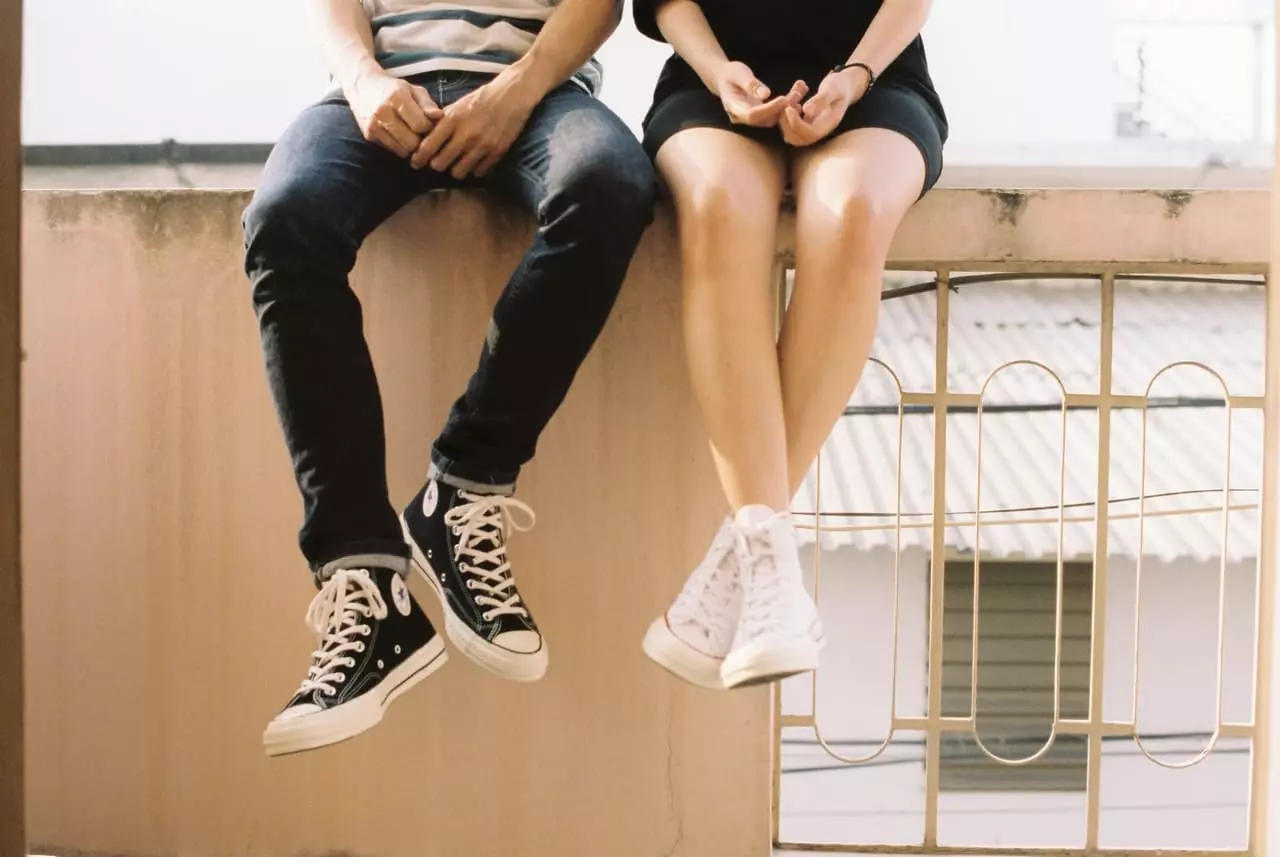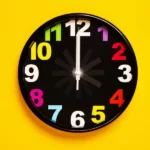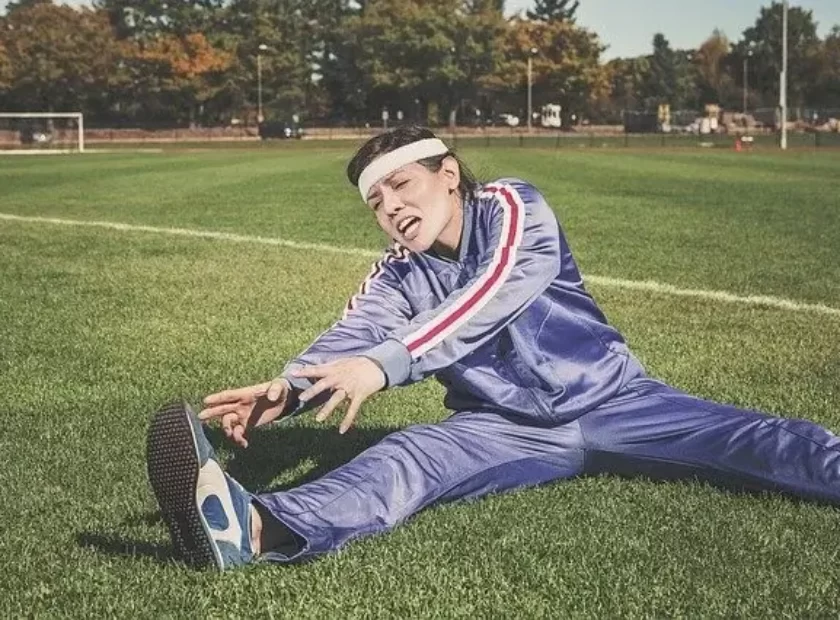
How to Find Perfect Barefoot Shoes
Minimalist or barefoot shoes are built to have a positive effect on your running biomechanics. The best barefoot shoes are light and flexible shoes that have a lesser cushioning than the conventional running shoes, hence giving the barefoot feeling. Most barefoot shoe reviews indicate that this appeals more to the runners who essentially enjoy less support in their running shoes so as to enjoy a closer connection to the ground.
Happy Barefoot has curated some important tips to help you choose a pair of the best barefoot shoes in the market.
1. Measure the foot before buying-
When you choose your first pair of barefoot shoes, make sure that you measure the length as well as the width of your feet. The best barefoot shoes for you should have a proper length and width. Stressing on width is important as unsuitable width deprives you of several benefits a best barefoot can otherwise offer. If it is your first time buying a pair of minimalist shoes, leave about 0.5cm of toe space while measuring the foot. Once you have the correct measure of your foot, you can compare the result to a foot chart to find the perfect fit for you.
Happy Barefoot guide to measure your foot-
- Take a sheet of paper and place it on an even ground. (Avoid placing it on carpeted floors).
- Place your foot flat on the paper while standing.
- Put most of your weight on the foot you are measuring to make it a little longer.
- Grab a pen, and mark the heel, and the longest point of measurement-i.e., the tip of the longest toe.
- Use a ruler and measure the distance between these two points. This is how your foot length will be determined.
- To measure the width, mark the points on either side of your toe joint, and measure the distance.
- Repeat the procedure for your other foot.
2. Check the heel-to-toe drop of the shoes-
The best barefoot running has the least cushioning along the toe. The cushioning in these shoes is not equal, it decreases from the heel to the toes of the shoes. This type of cushioning generally affects the foot strikes and running gait of a runner, hence different drops are suitable for different runners. For example, traditional running shoes have a heel-to-toe drop of 8-12 mm. Barefoot running shoes typically possess a zero heel-to-toe drop to mimic running barefoot.
3. Best barefoot shoes are lightweight-
The small amount of cushioning in these shoes allows for flexibility and lightweight construction, delivering nominal interference with how your foot moves when running naturally. The lightweight-ness of these shoes not only makes them appealing, but also helps the runner attain a natural gait, and provides better energy return in the movement as you are not lifting much shoe weight with each stride as you run.
Many barefoot shoe reviews as researched by Happy Barefoot, reveal that ‘running in barefoot shoes that offer the best flexibility and are lightweight, optimizes the running economy (amount of energy that goes into running).’
4. Choose the shoes with wide toe box-
A toe box refers to the room that your toes have to move around in the shoes. Barefoot running shoes characteristically have a wider toe box. A running shoe having a wider toe box allows your toes to spread out with each stride. This can over time help to improve the running gait of an individual.
5. Make the switch slowly-
If you are looking to switch from a highly cushioned running shoe to a barefoot shoe, the best way to go about this is to transition slowly. The slow transition will help you avoid toe injuries. Some barefoot shoe reviews reveal that switching to a neutral shoe first and then adopting a barefoot shoe will help you make the right adjustments, as well as the right decisions while purchasing a pair of the best barefoot shoes for them.
6. Know your foot before buying-
While barefoot running shoes provide several benefits to runners, they are not suitable for everyone. If a runner has a history of foot pain or discomfort, it is best to check with a doctor before making this switch.
7. When buying for children-
When buying barefoot shoes for children, parents must take extra precautions as a child may not understand whether the shoe fits, or is tight at the toes. Many researches show that about two-thirds of kids these days wear wrong shoe sizes and a half among them suffer from foot deformities at an early age. To avoid this, it is essential that you know your kid’s exact shoe measurements and makes the best barefoot shoe choice.
8. Best barefoot shoe recommendation-
If you are looking to find the best barefoot shoe for your needs. You can check out the shoe recommendations index on the Happy barefoot website. There are categories like best barefoot-hiking shoes for women and men, and much more. All are rated by users and experts reviews.
To wrap it up, when choosing barefoot shoes, you should use your actual foot size and add 0.5 cm of toe box to it. Always make a note of going through the barefoot shoe reviews before hitting purchase!





